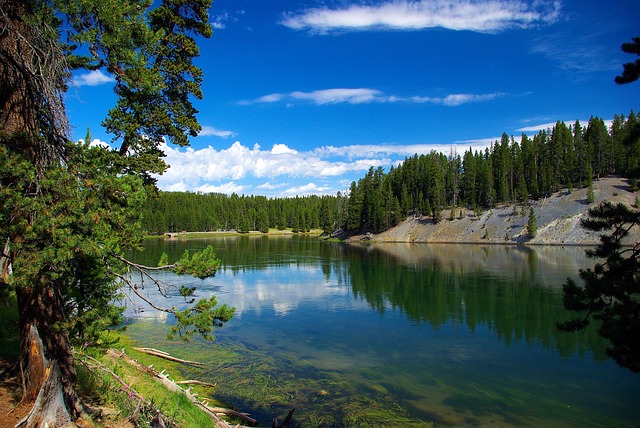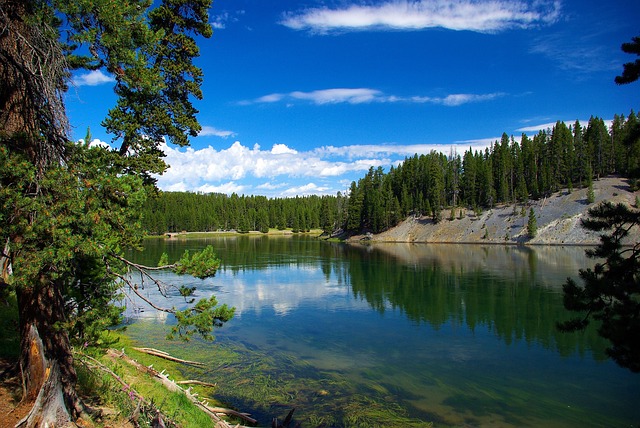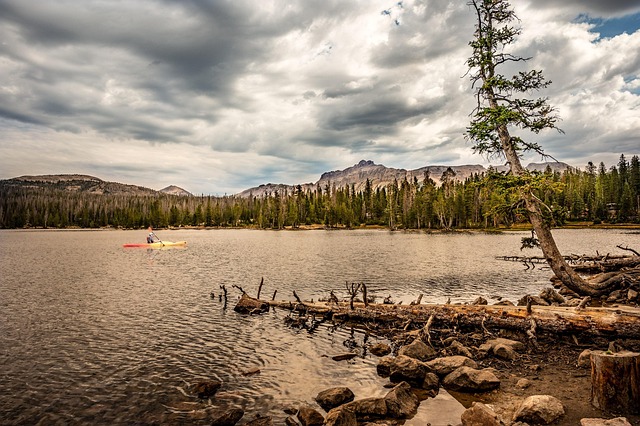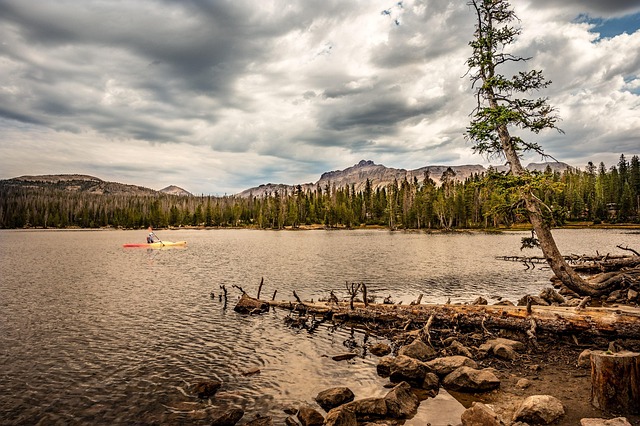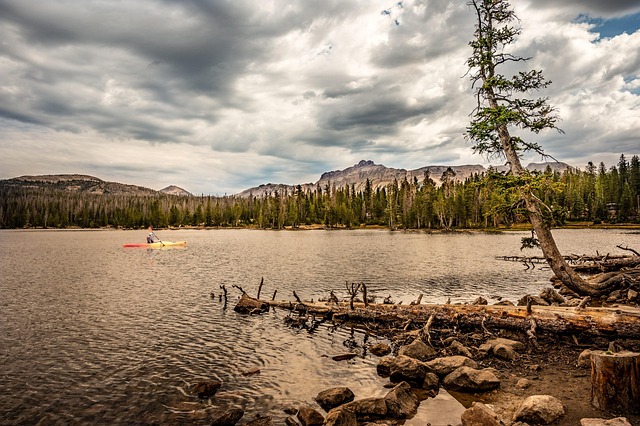In the 19th century, the expansion of railroad networks sparked the growth of vibrant hubs in industrial heartlands, revolutionizing transportation and economic development. These historic gateways connected remote regions to broader markets, boosting commerce and industry. Smelters, ancient industrial giants near railway networks, propelled metal manufacturing and local economies. Today, properties along these corridors, rich in nostalgia, attract buyers and investors due to their blend of scenic beauty and potential for revitalized industrial sites. Real estate developers recognize the value in blending history with modern design, appealing to those seeking connections to the past while enjoying contemporary conveniences.
In the heart of industrial history, where railroad tracks once echoed with the hum of progress, lies a fascinating tale of a town forged in steel. This article delves into the roots of a community born from historic railroad lines and smelter operations, exploring its evolution as an industrial powerhouse. From the birth of a railroad town to its impact on metal manufacturing and the real estate landscape along the tracks, we uncover the layers of this captivating story, shedding light on how these elements have shaped its identity.
The Birth of a Railroad Town: Unraveling the Historical Significance

In the heartland of industrial might, a railroad town emerged as a vibrant hub, its story deeply intertwined with the evolution of transportation and economic growth. The birth of this settlement can be traced back to the 19th century when the railway network was expanding, revolutionizing trade and connectivity. As train lines snaked their way across the landscape, they brought with them a surge in population, transforming the area into a bustling center for commerce and industry. The railroad’s impact on local real estate was profound, sparking a construction boom to cater to the influx of workers and entrepreneurs.
This historic railroad town served as a gateway, connecting remote regions to broader markets. Its strategic location facilitated the transportation of goods, particularly those from nearby smelting operations, fostering economic prosperity. The railway’s role in shaping urban development is a testament to its enduring legacy, leaving an indelible mark on the region’s real estate landscape and the communities that flourished around it.
Smelters and Metal Manufacturing: A Pillar of Industrial Growth

Smelters, ancient industrial giants, played a pivotal role in shaping the landscape of metal manufacturing and propelling regions into economic prosperity. These facilities, often located near abundant natural resources, were the heart of industrial growth, transforming raw materials into valuable metals like iron and steel. The process involved in smelters was nothing short of a technological marvel, involving high-temperature furnaces and intricate refining techniques.
In the context of historic railroad roots, smelters were strategically positioned along railway networks, facilitating the transport of both raw materials and finished products. This seamless integration between railroads and smelting operations boosted regional economies and fueled infrastructure development. The availability of affordable, locally produced metals significantly impacted various industries, from construction to manufacturing, making them a cornerstone of any thriving community’s real estate and industrial sector.
Real Estate along the Tracks: Exploring the Evolving Value and Appeal

The historic railroad has long been a catalyst for real estate development, as its arrival brought connectivity and opportunity to previously remote areas. Today, properties along these once-vibrant rail lines continue to captivate buyers and investors alike, offering a unique blend of nostalgia and modern amenities. The appeal lies not only in the scenic beauty that often accompanies railroad corridors but also in the potential for revitalized industrial sites, formerly used as smelters or warehouses, which can be transformed into dynamic mixed-use spaces.
As urban areas expand and seek to integrate historic elements into their fabric, the real estate value along these tracks has experienced a notable surge. The evolving landscape presents an exciting prospect for developers and designers who recognize the potential to blend past and present, creating sustainable communities while preserving architectural gems from a bygone era. This fusion of history and innovation is particularly appealing to those seeking a connection to the past while enjoying modern conveniences.
